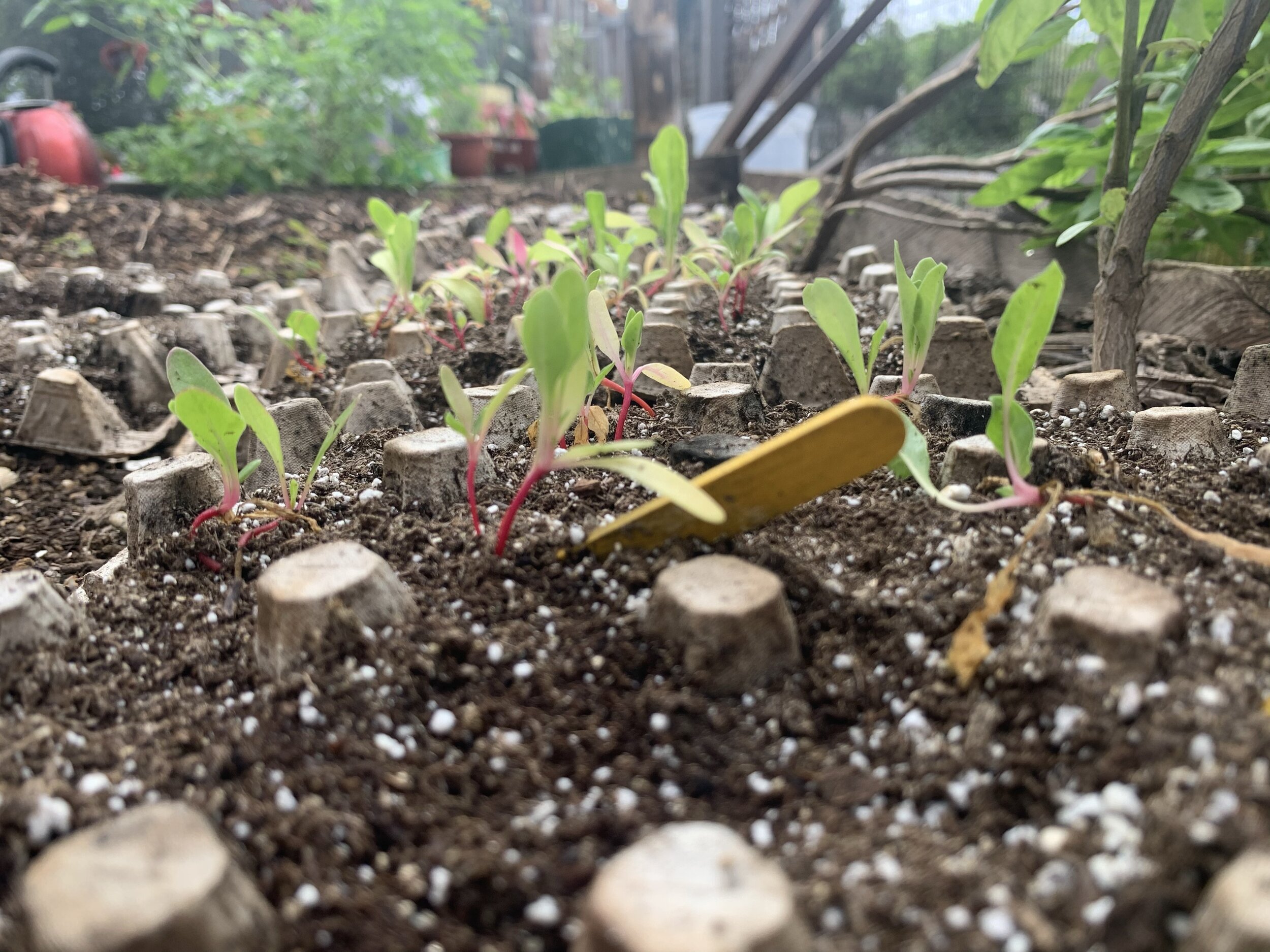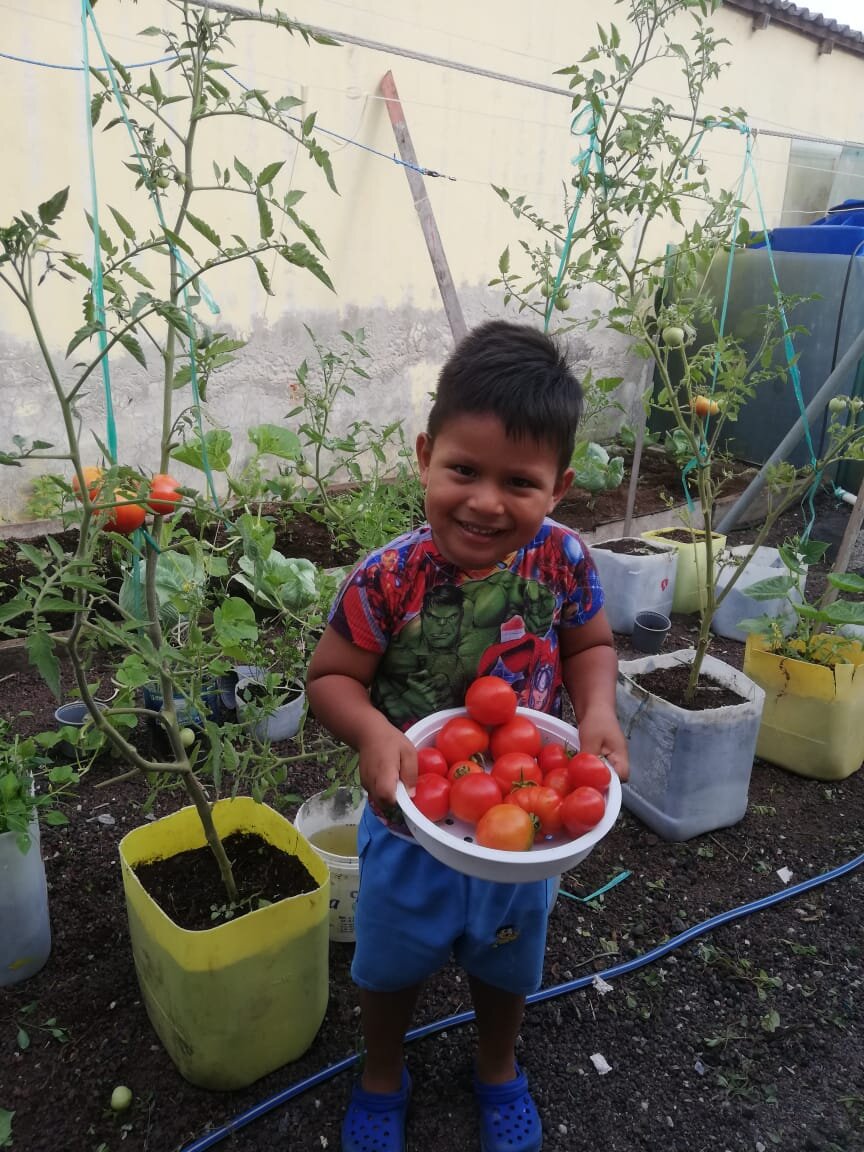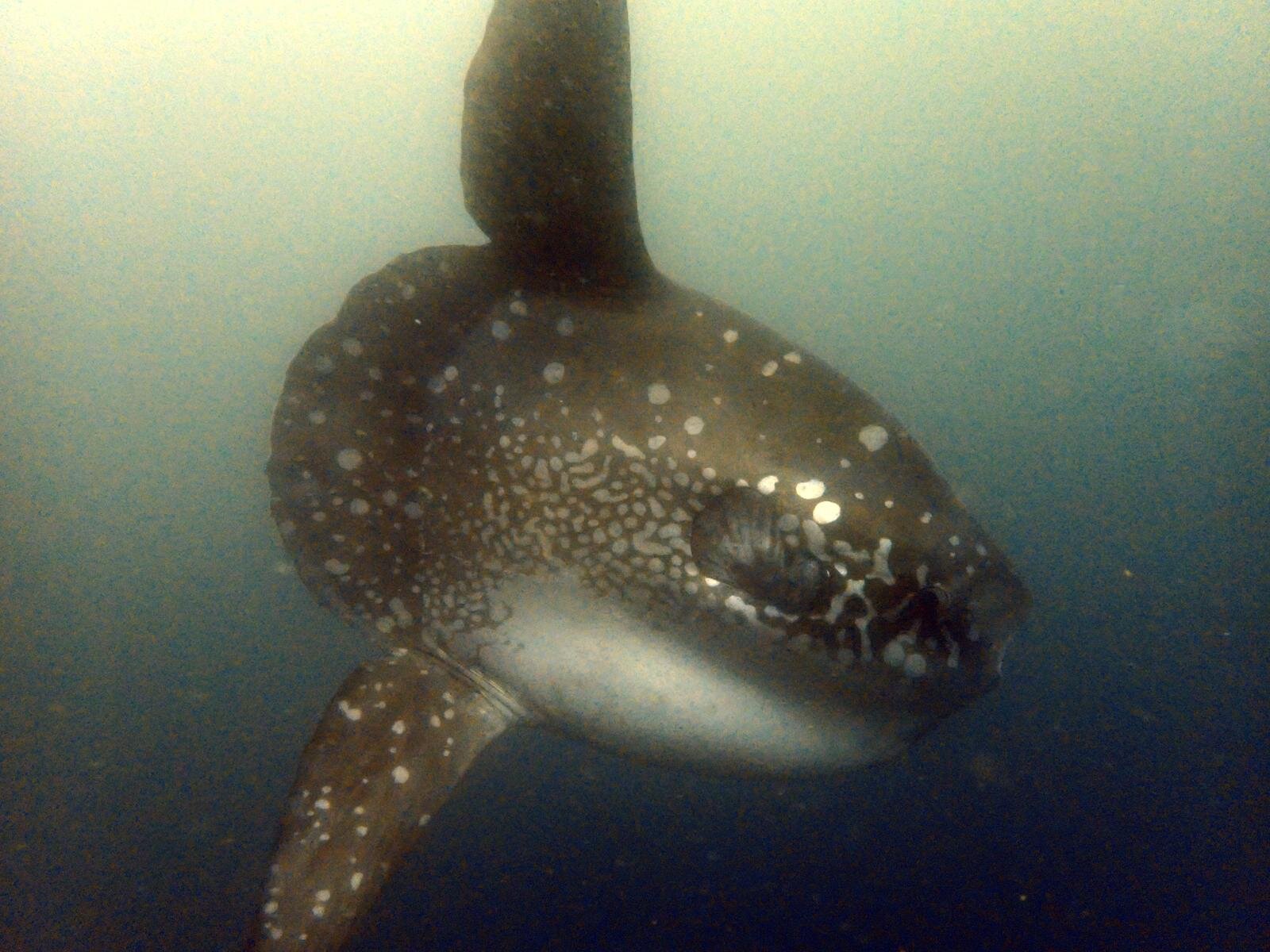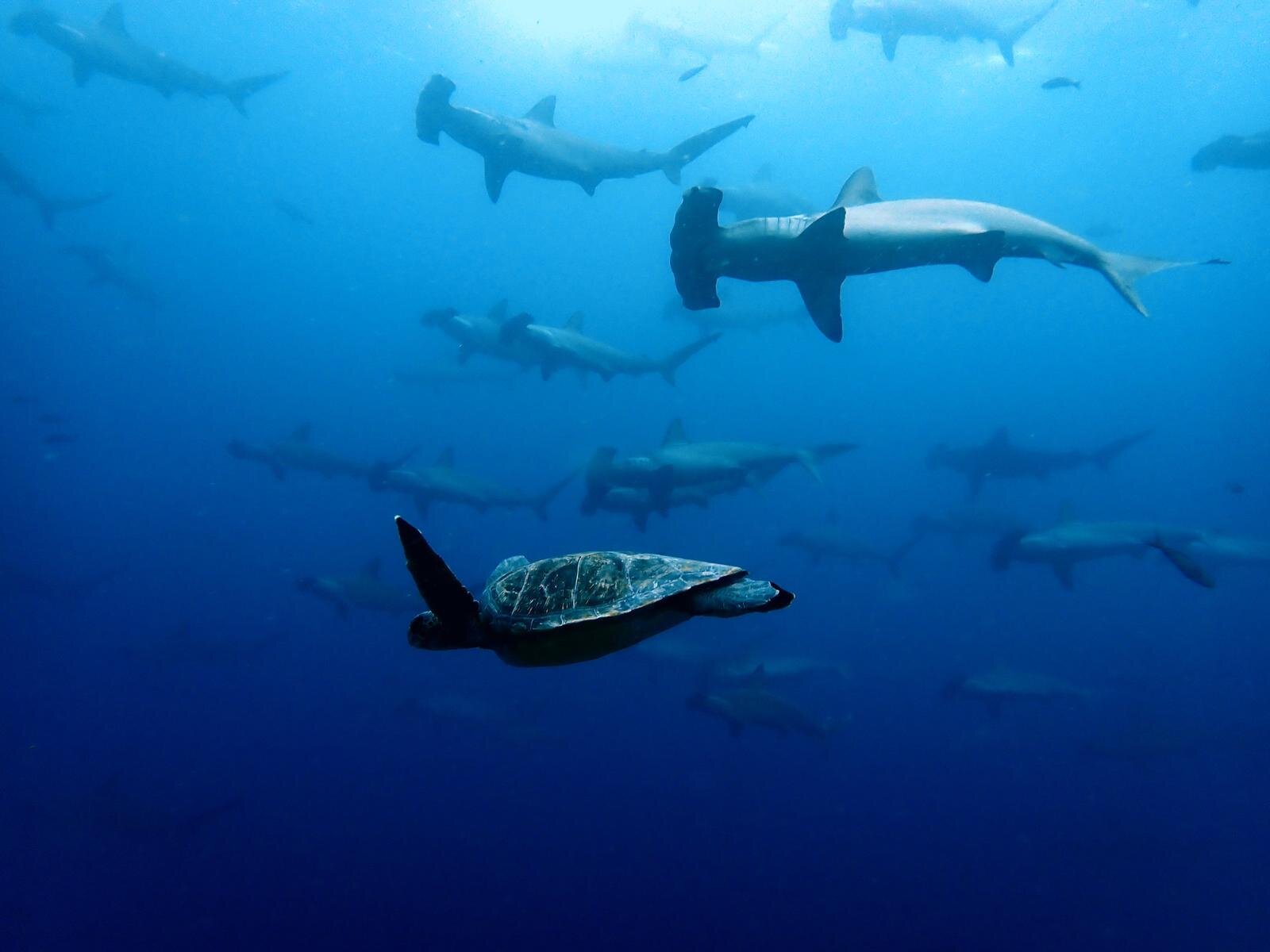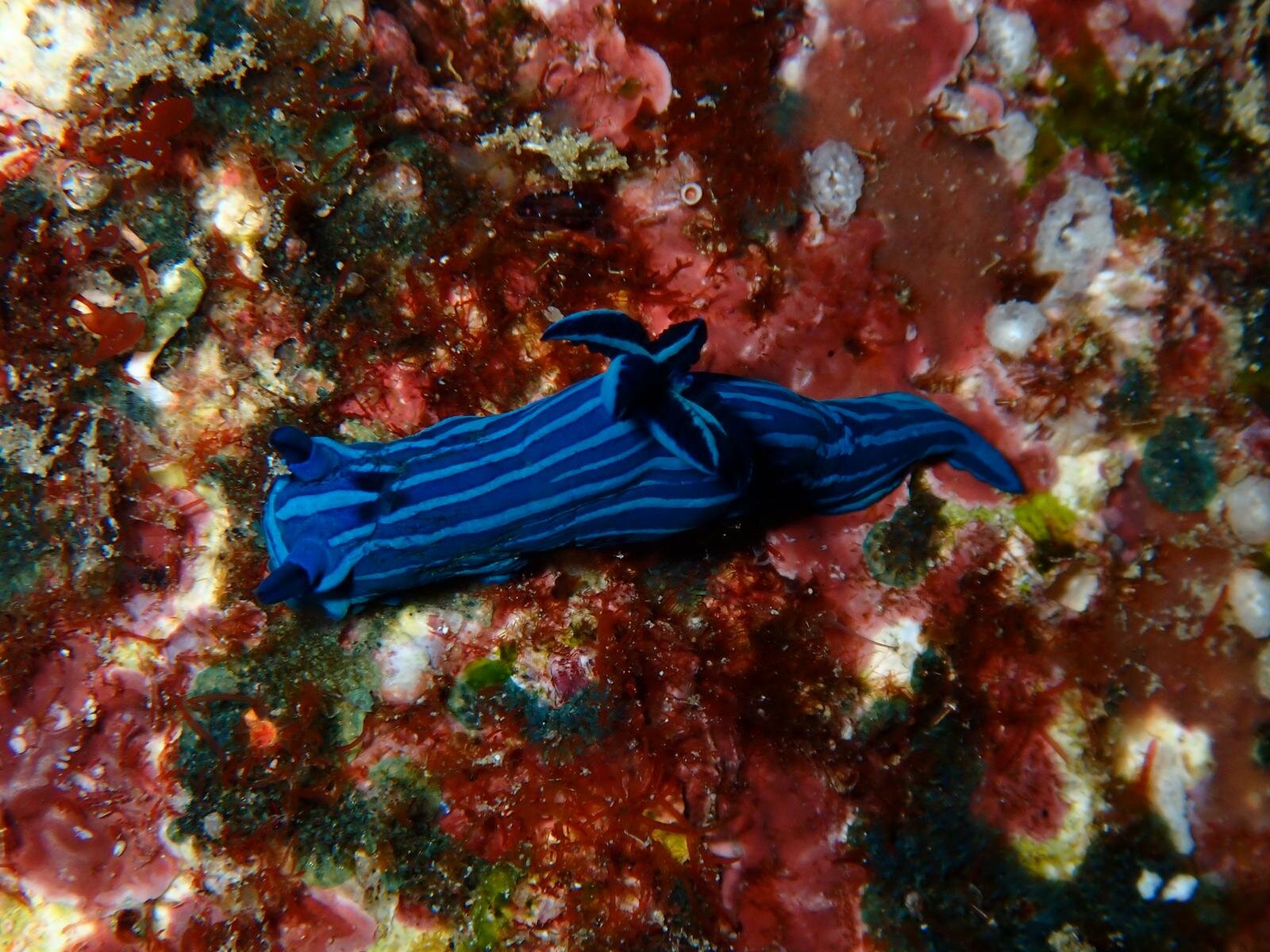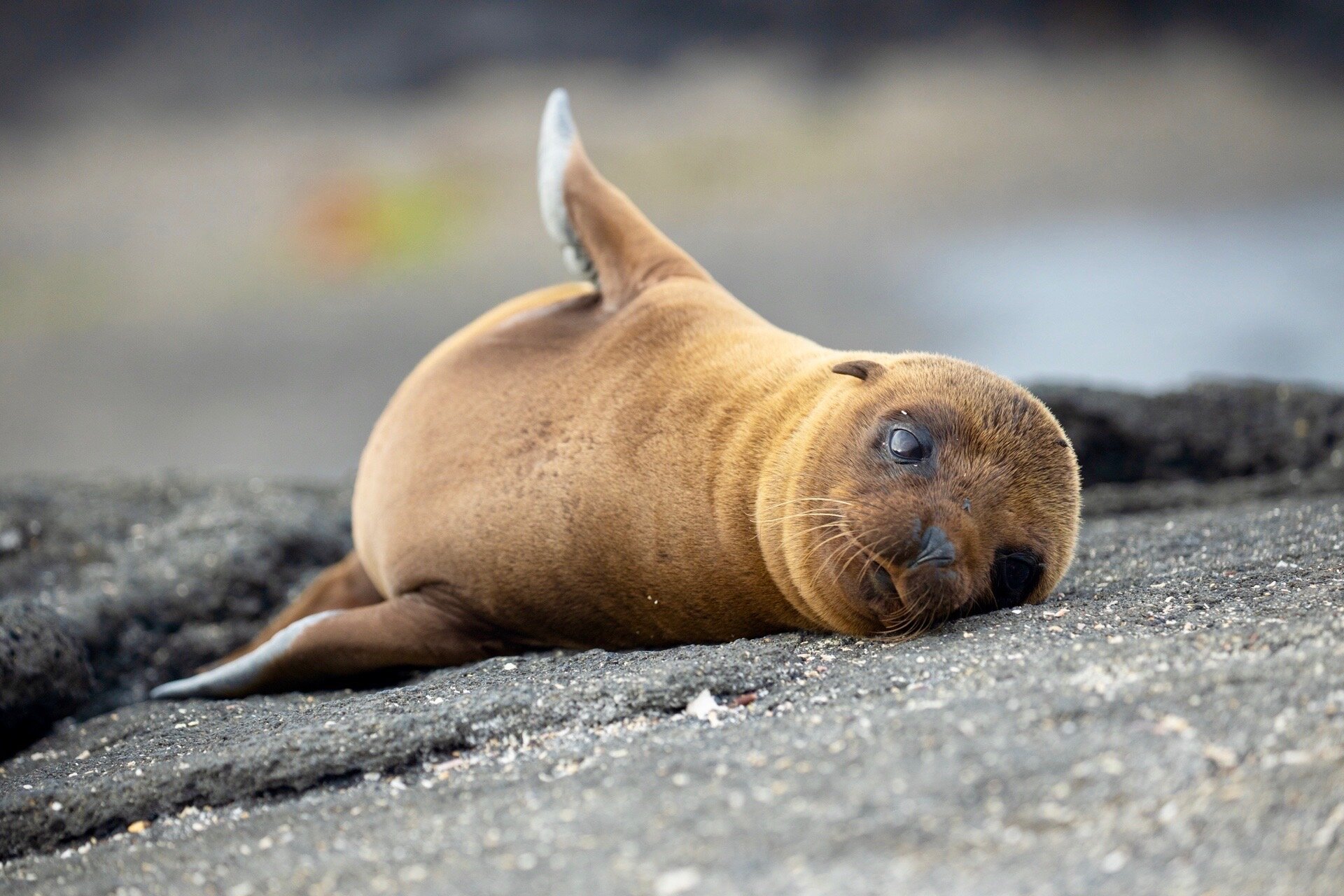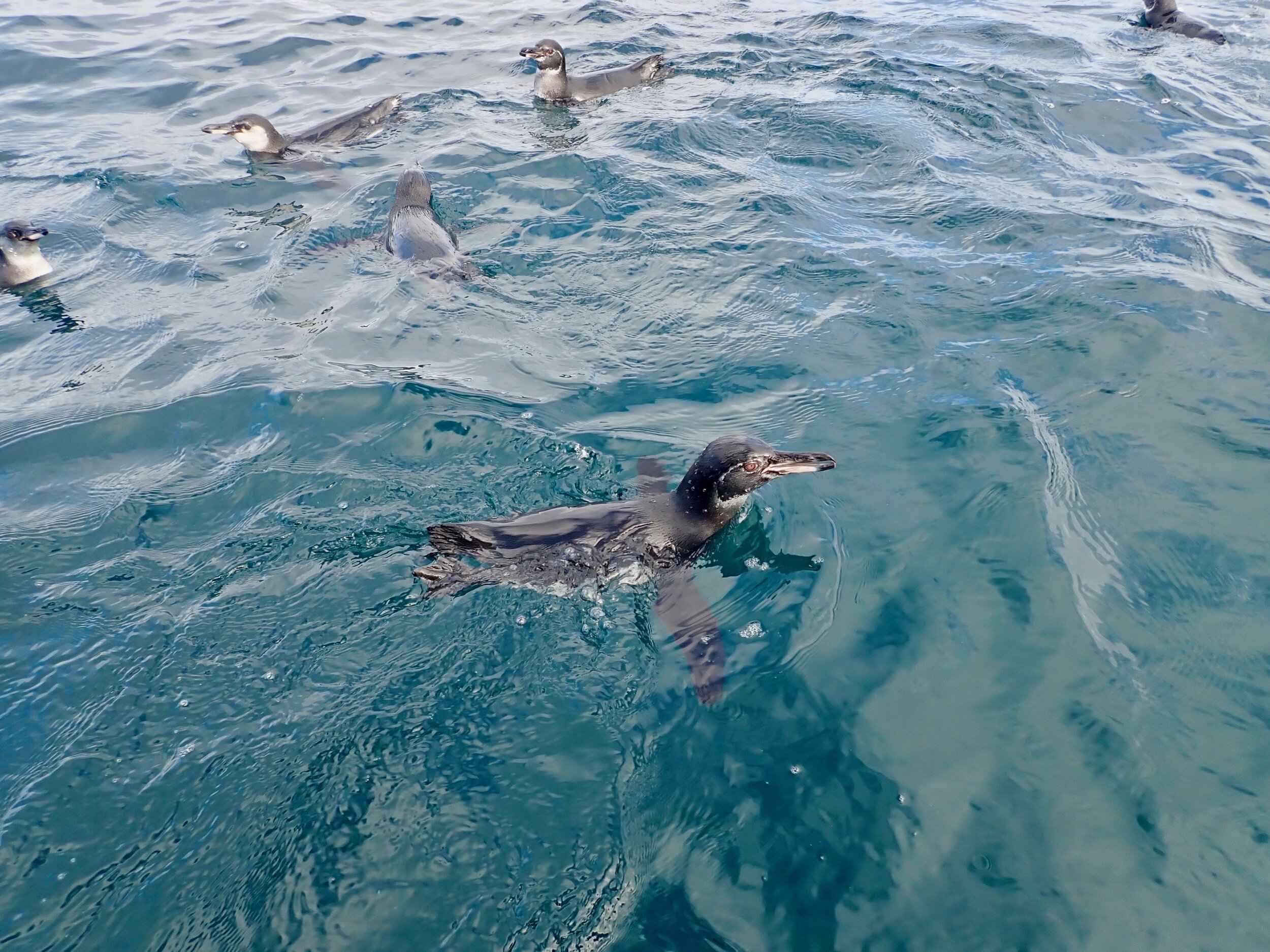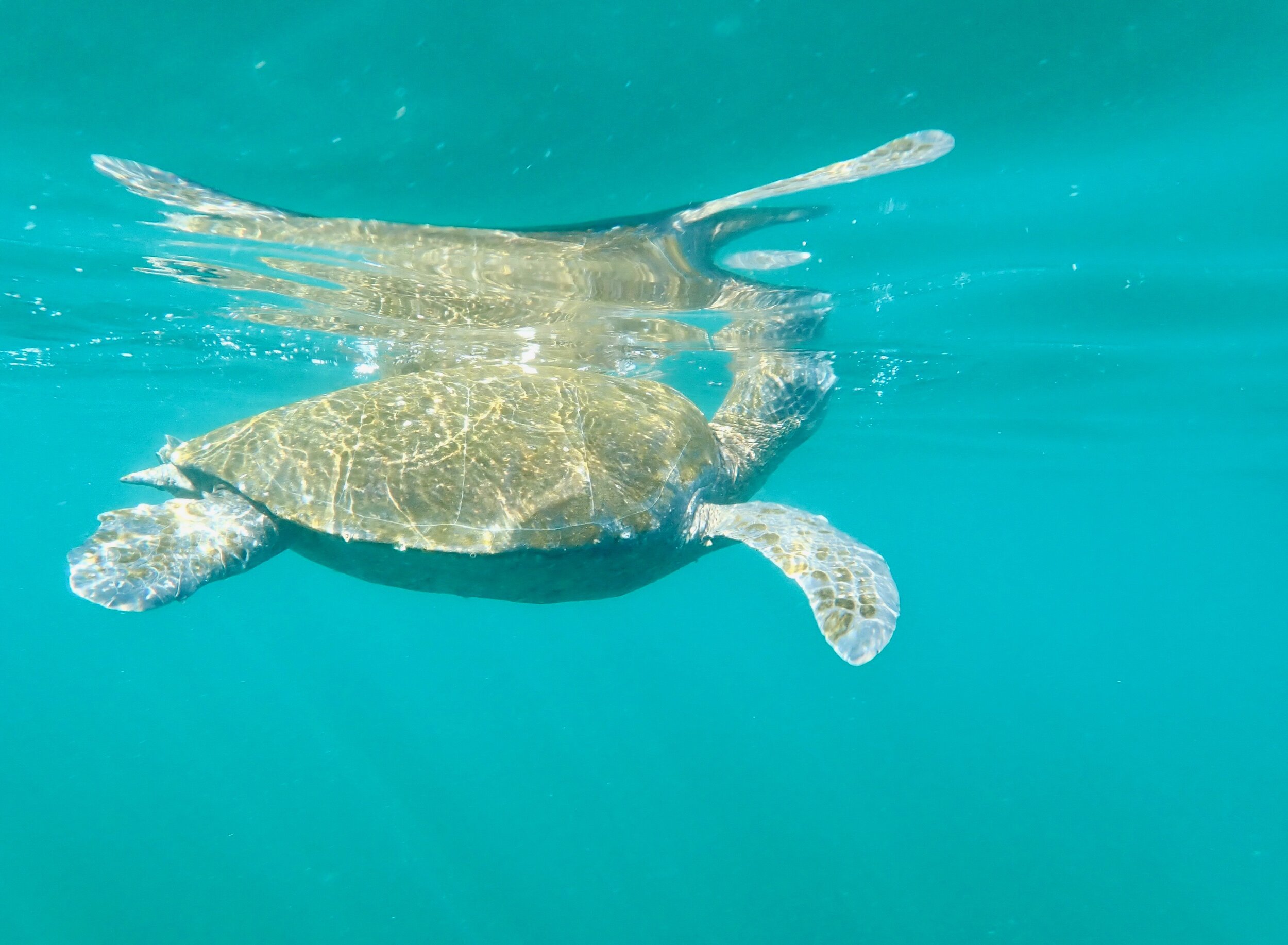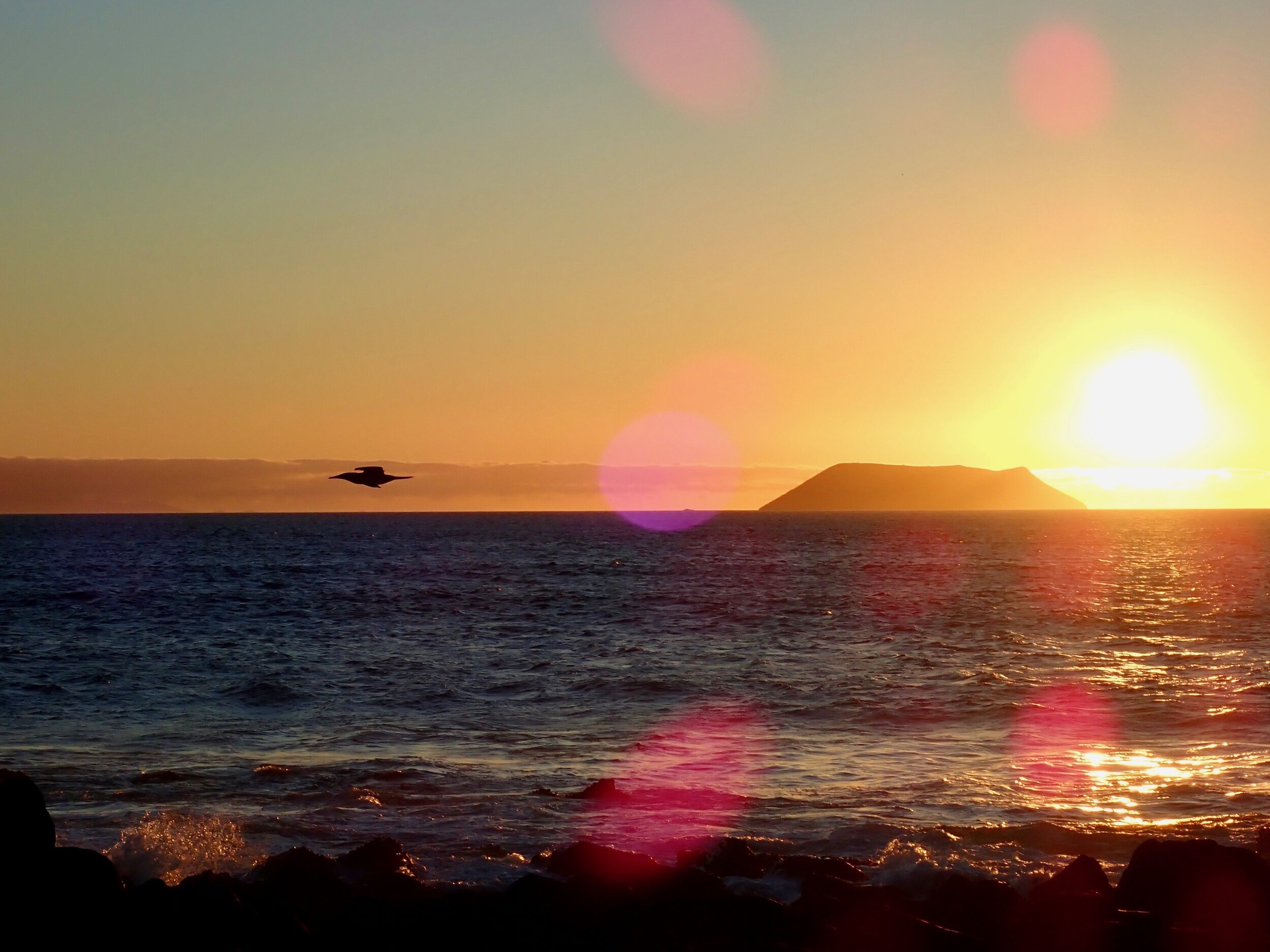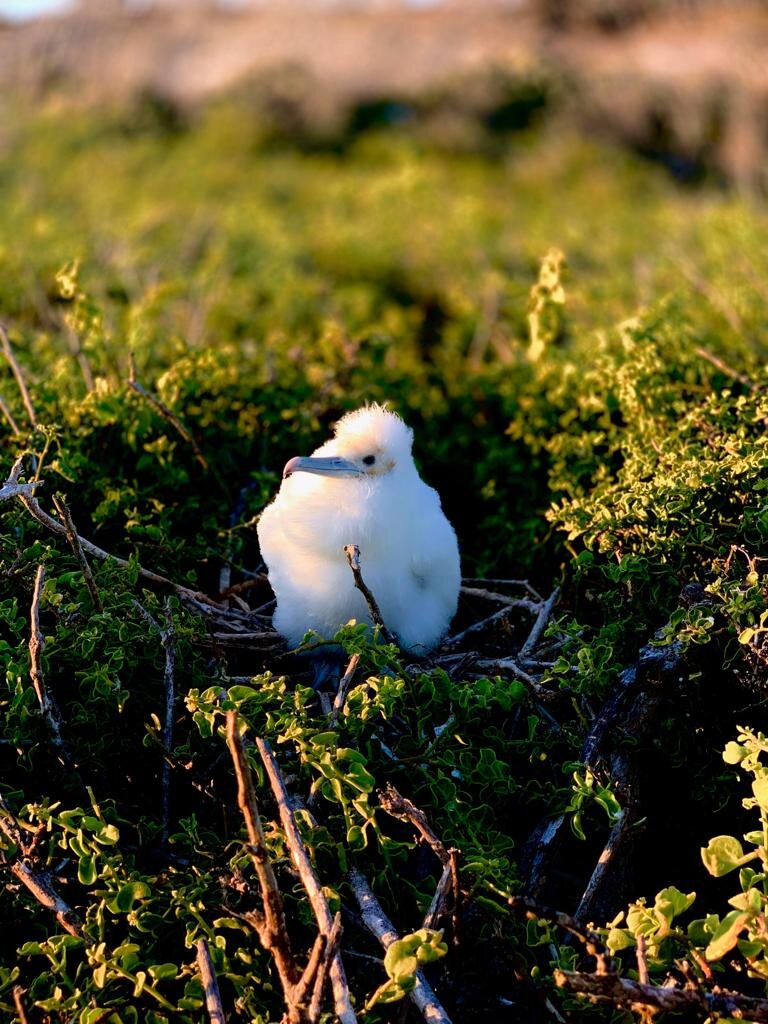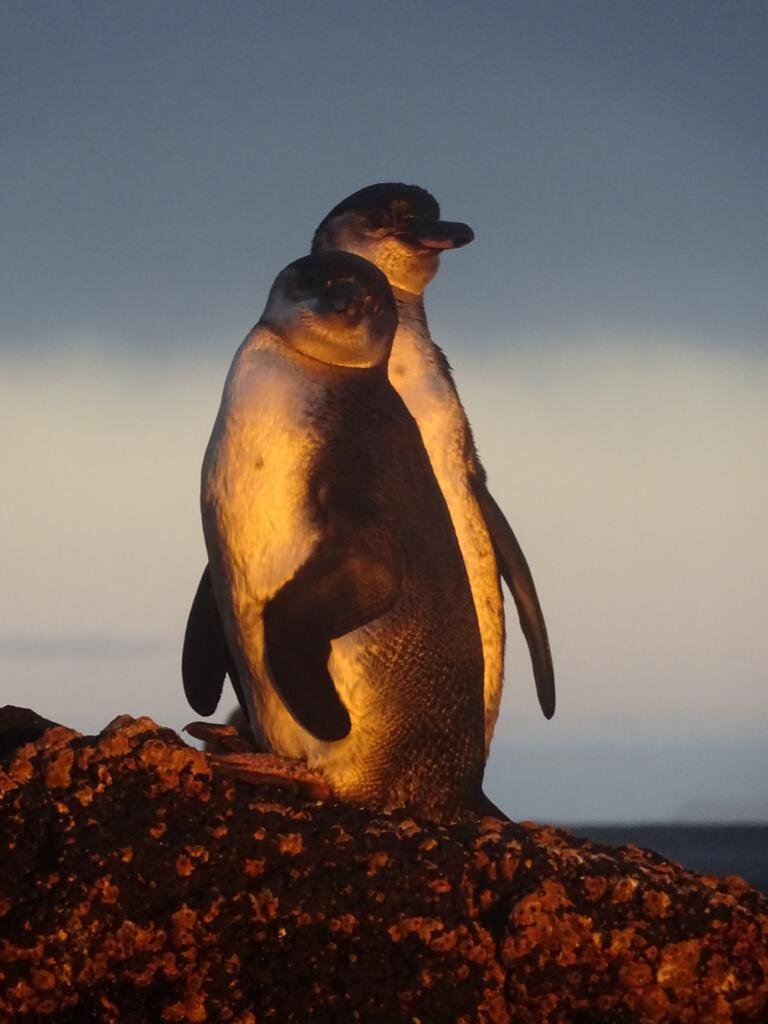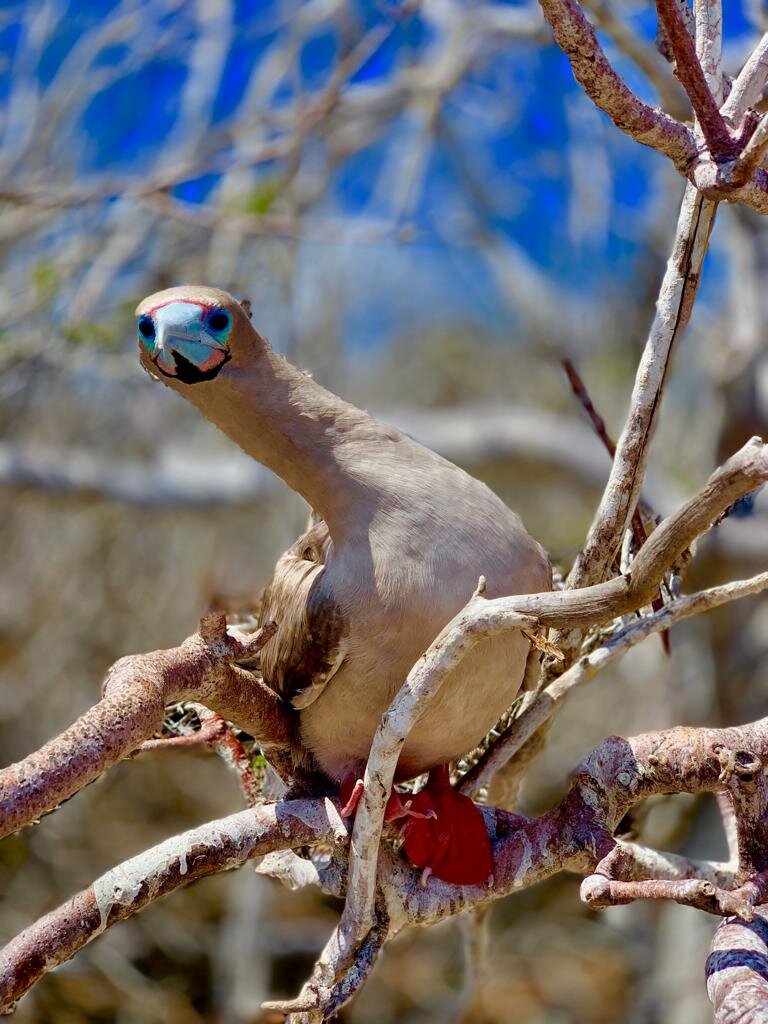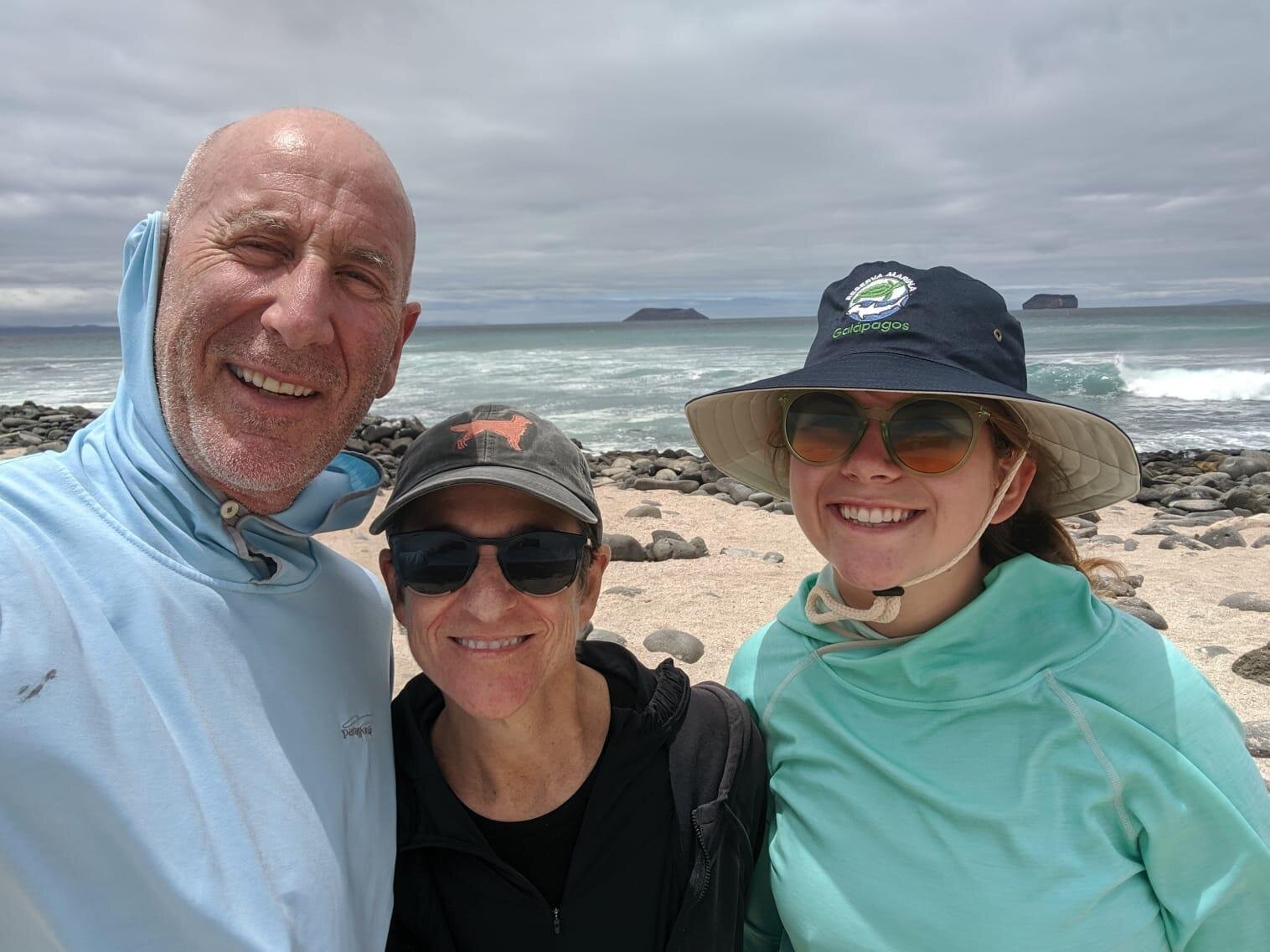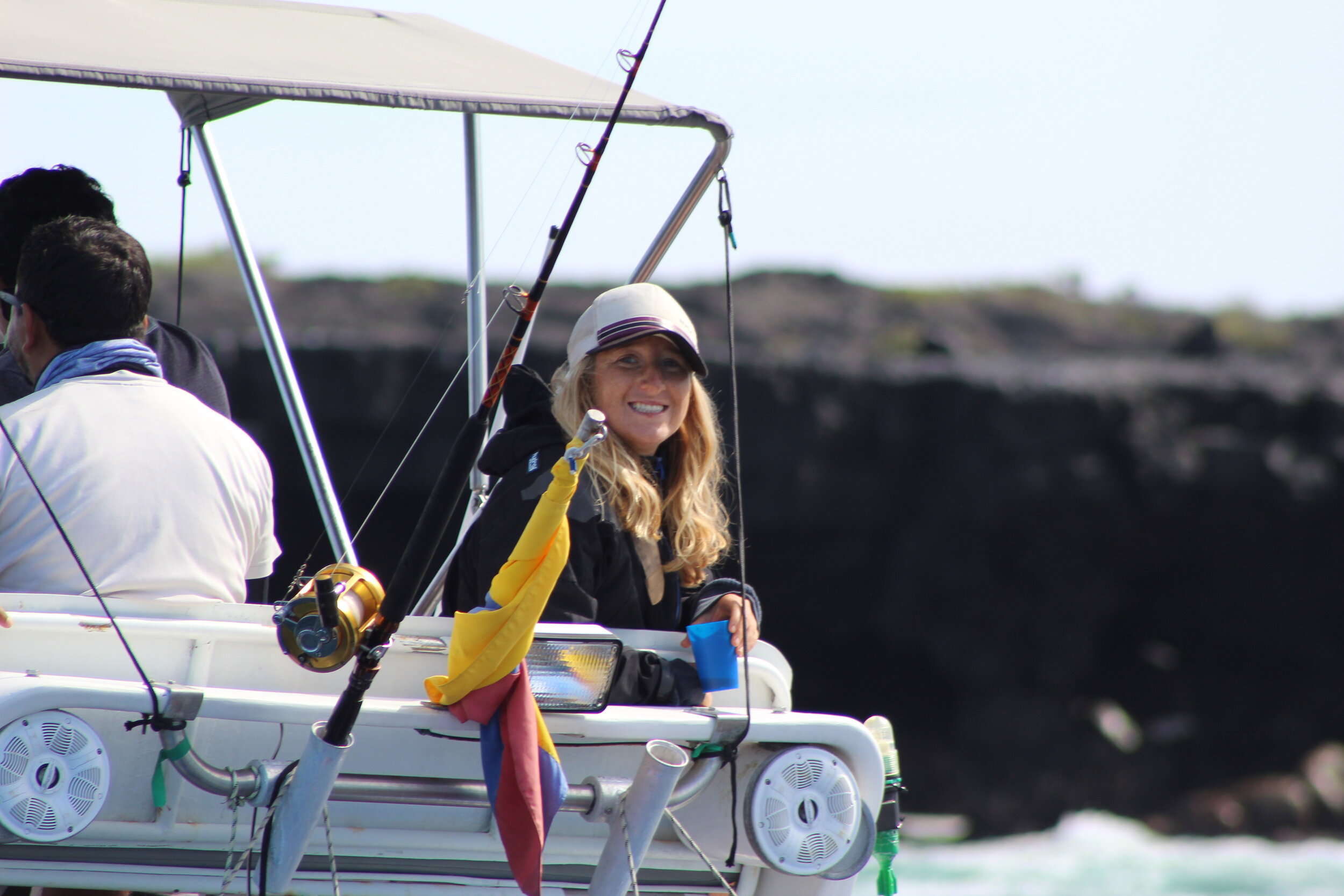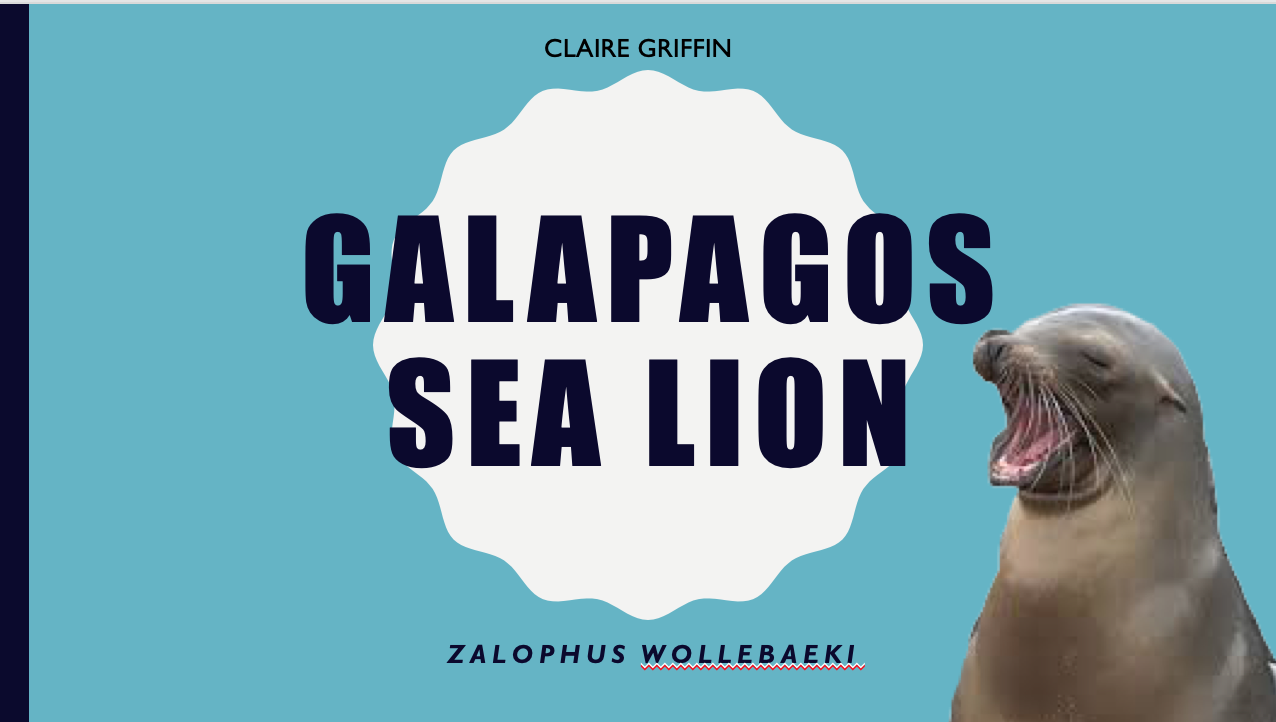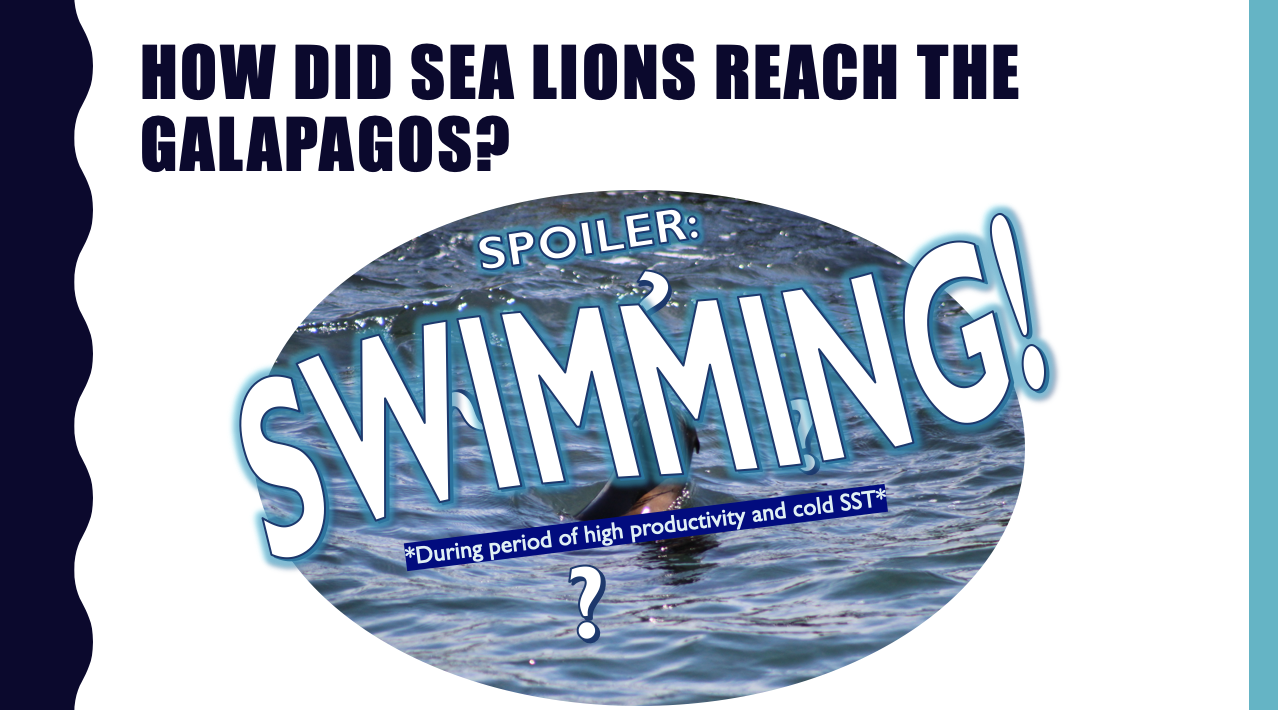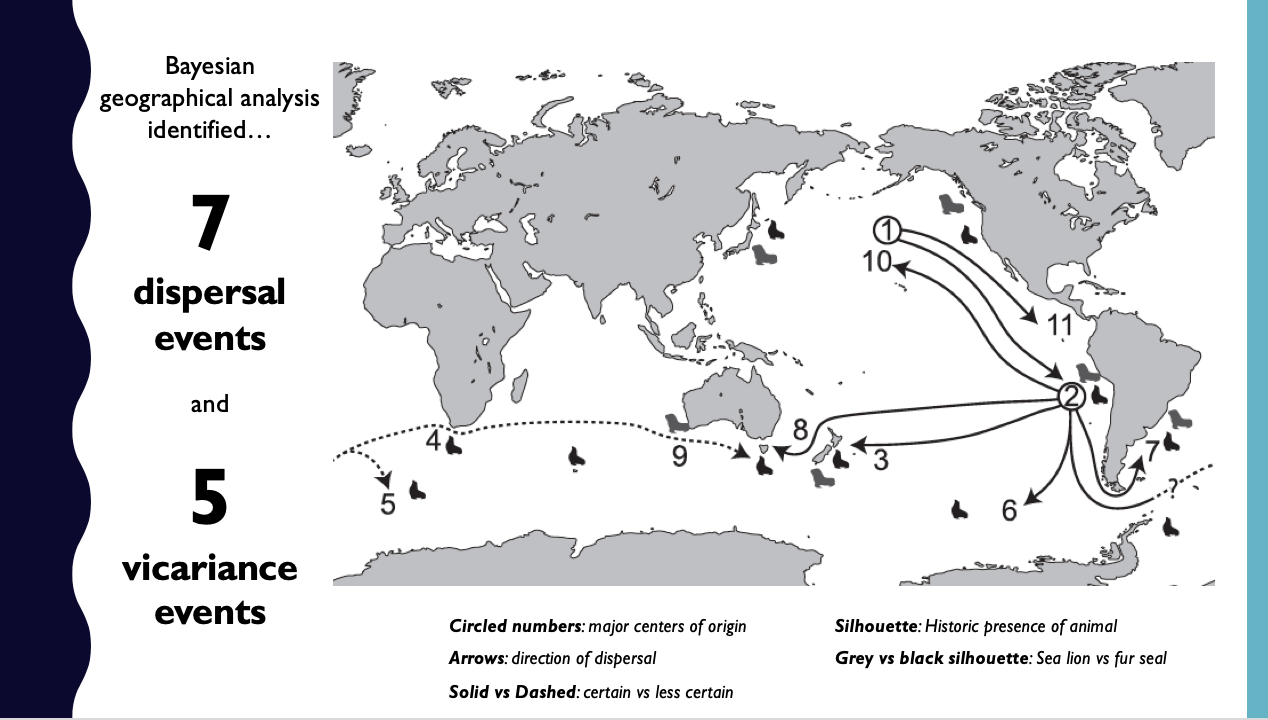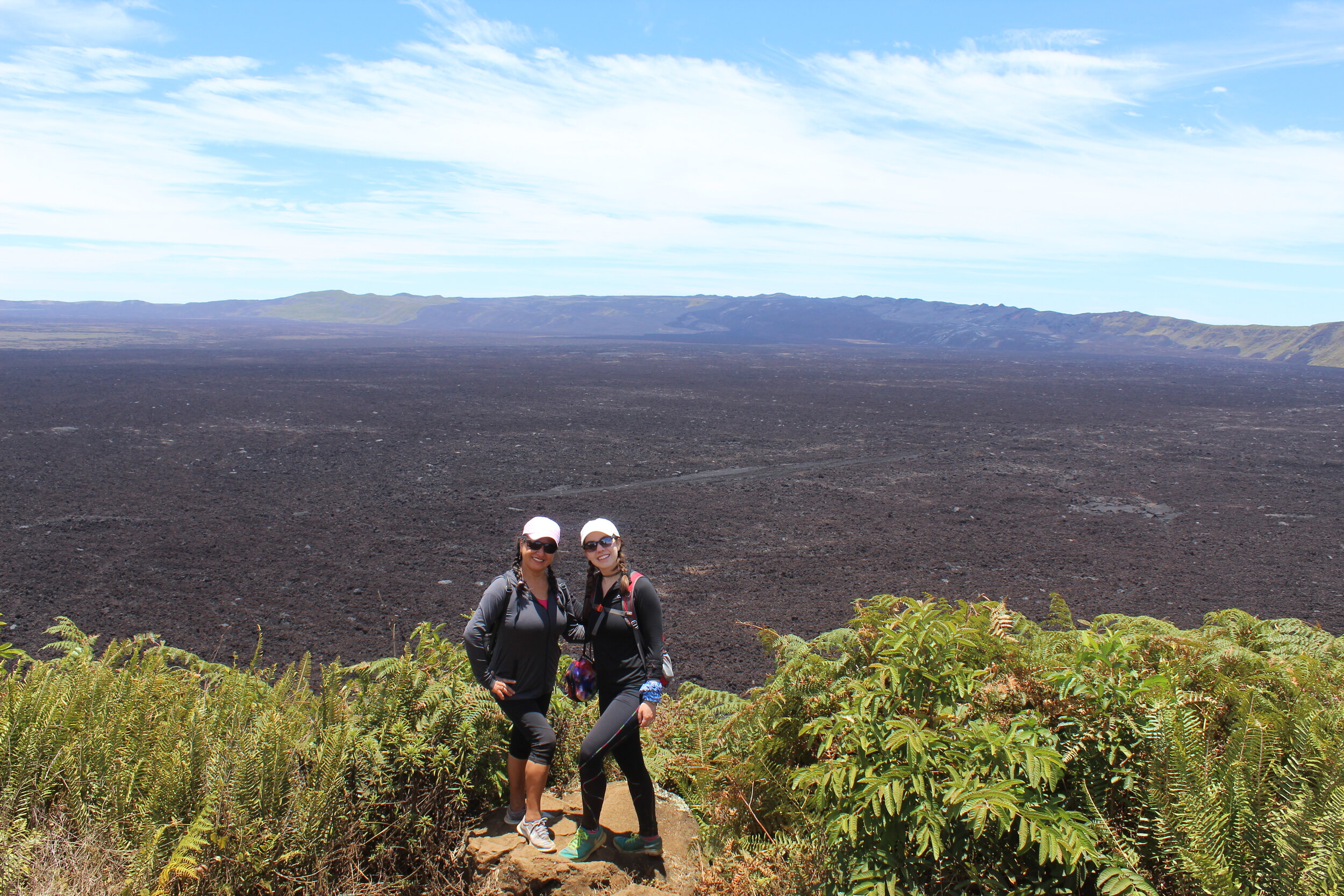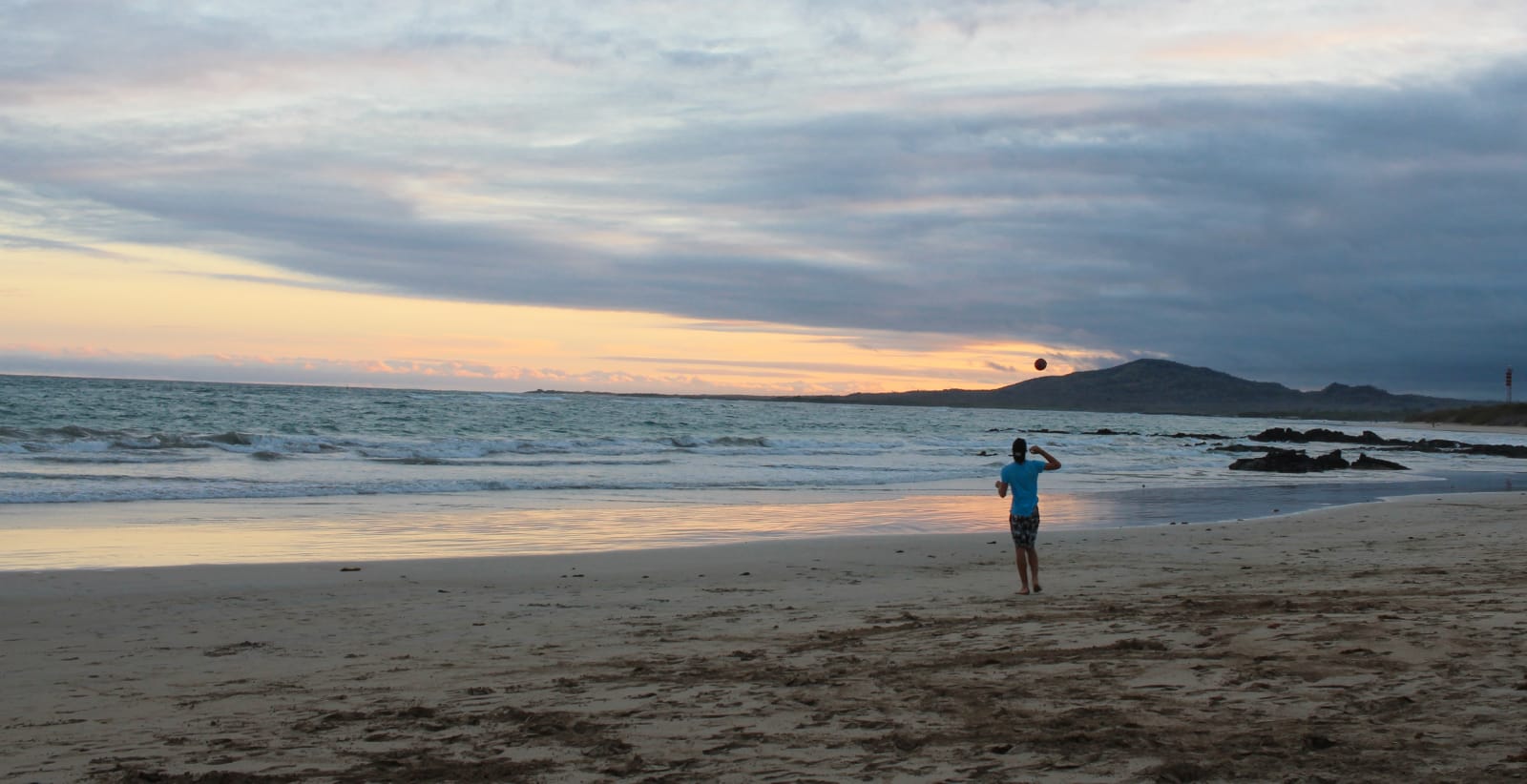With our study abroad programs cancelled, we are struggling to stay in business and depend on you more than ever. We are so grateful to those who have donated, spread the word, and participated in our fundraising efforts. A big thanks to UM alumni Carley Belanger and Sam Waddell for getting our first fundraiser started in May!
With your financial support, we have been able to donate basic 'food kits' to the families of the Galapagos initiative "Sustainable Isabela". These food kits, with staples like oil, rice, and lentils, are used by families in addition to the produce from their gardens.
In addition to providing 'food kits' for our families, we have also put together agricultural kits. These kits were donated to farmers in our sustainable agriculture program guarantee continuous local production and quality of local produce. The resulting produce is commercialized at the local outdoor food market in a continuous effort to ensure food security on the island.
This project is carried out in agreement with the Governing Council and the technical assistance of the Ministry of Agriculture.





